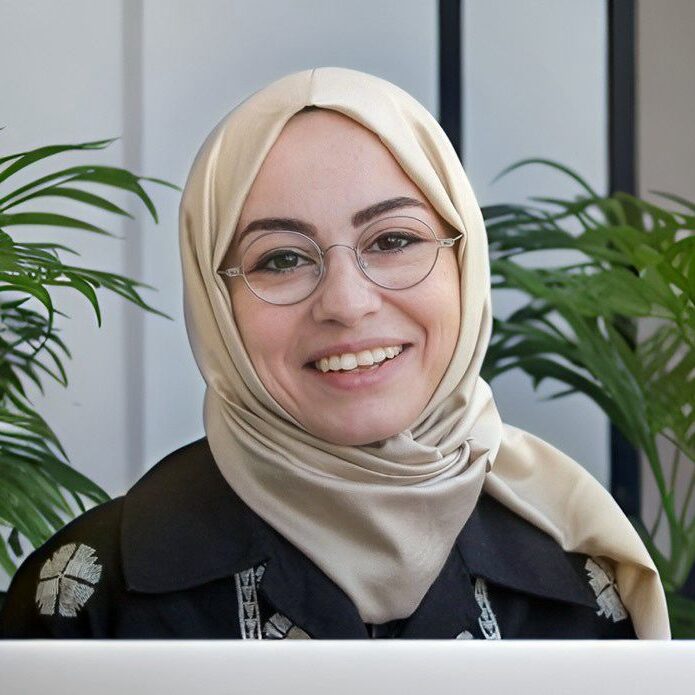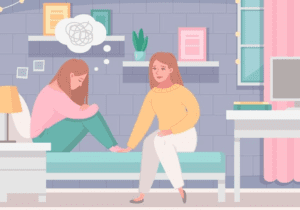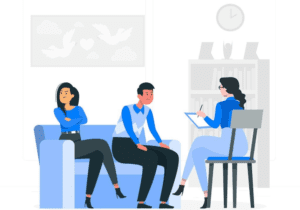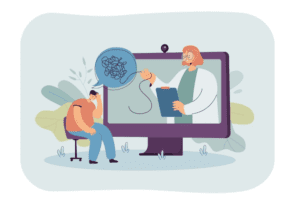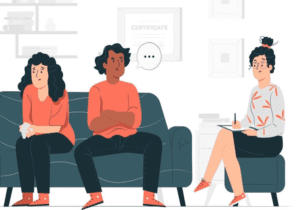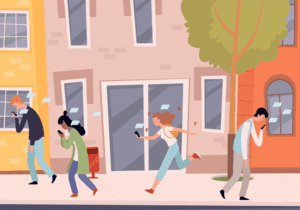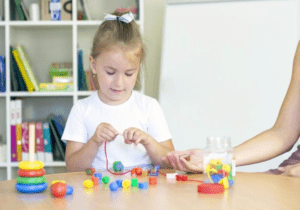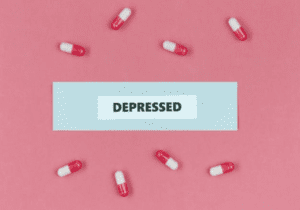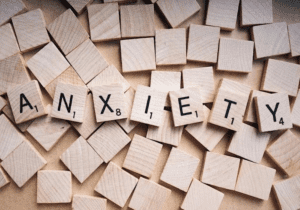From the Ahi Brotherhood to Attachment Based Mentoring: A Legacy of Belonging
This article has been researched and written by Hacer Subasi. AI has not been used in producing this article.
In today’s fast-paced world, where modern life pressures parents to maximize productivity every minute, many mothers and fathers struggle to give their children the emotional connection they developmentally deserve. Perhaps this is because the parents, as the primary attachment figures, themselves don’t feel truly connected either. We may be living in an unprecedented time where the responsibility of parenting falls almost entirely on the biological parents – with fewer support systems than ever before. In this sense, the presence of surrogate attachment figures – or what the literature calls mentors – is becoming more of a necessity than a choice. After all, raising a child is never solely the job of parents. As the saying goes, “It takes a village to raise a child.”
Humanity has been aware of this truth since the civilizations of Ancient Greece and Rome. But this awareness took on a structured form in 13th-century Anatolia through the Ahi system during the Seljuk era. After that, structured mentoring practices nearly disappeared – until they reappeared with the founding of Big Brothers Big Sisters of America in 1904, which became the first official modern mentoring program in the U.S., almost 700 years later. Many different types of mentorship systems have been tried since then; however, none have permeated society as systematically as the Ahi system.
The Ahi system aimed to cultivate individuals in the fields of art, trade, and various professions through a master (mentor)-apprentice (mentee) relationship, while also supporting their moral development through a strong bond of brotherhood. The word “Ahi” appears in Divan-ı Lügati’t-Türk with meanings such as “generous, brave, valiant, noble” and is believed to have been derived from the Turkish word “akı” (meaning pure, virtuous). At the same time, it is also thought to originate from the Arabic word akhi” / أخي “,meaning “my brother.” When both meanings are considered together, one can say that much like in contemporary mentoring models, an “Ahi” in the Ahi relationship played a dual role: like a father figure in terms of experience, reputation, and knowledge, and like a brother or elder sibling in the warm and trust-filled connection they established. In today’s increasingly individualistic societies, mentoring systems are becoming essential – to help children who suffer from disconnection reconnect, to share the emotional burden carried by parents, and to raise emotionally healthy individuals who can thrive in society.
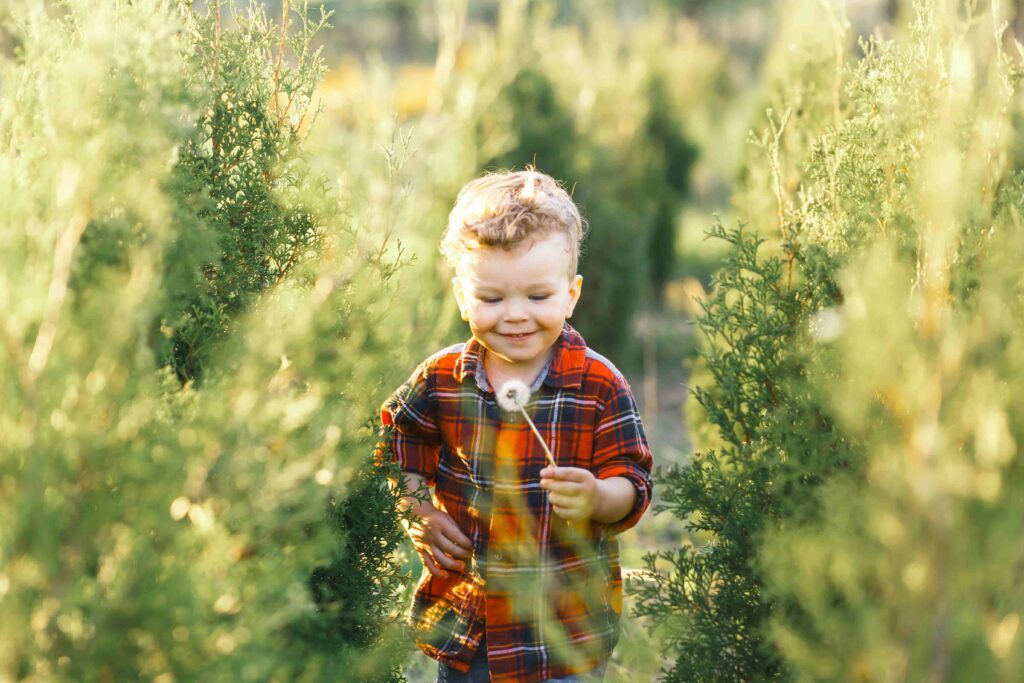
This article will explore the Ahi system, considered the first structured mentoring model in history. The Ahi Brotherhood (Ahilik Teşkilatı) was far more than a medieval trade guild in the Ottoman Empire. It was a deeply rooted social and moral system where young apprentices didn’t just learn a craft – they were mentored into becoming. At its core, Ahilik was a system of psychosocial guidance that offered not only skill development but also a secure sense of belonging, identity, and values.
In this structure, the master (usta) was not merely a teacher of technical skills – he was a consistent, reliable figure in the apprentice’s life. He modeled patience, ethics, responsibility, and humility.
From a modern psychological lens, particularly through attachment theory (Bowlby, Ainsworth), we could say that this relationship resembled a secure base – someone who provides both safety and encouragement to explore. Attachment theory tells us that children thrive when they experience consistent, emotionally attuned relationships. This early connection – with a caregiver or a mentor – helps them regulate emotions, develop resilience, and build a healthy sense of self. Similarly, in the Ahi tradition, the young apprentice was gradually entrusted with more responsibility as trust deepened – not unlike how we scaffold emotional independence in securely attached children.
Today, when we mentor children – whether in education, therapy, or daily life – the goal isn’t just to teach behavior or knowledge. It’s to offer the kind of relational container that says: “I see you. I believe in you. I’m here as you grow.” The Ahi masters didn’t just train hands; they mentored identities. They offered what every child still needs: presence, attunement, and belief.
If we want to raise resilient, morally grounded, and emotionally healthy children, we might look to the Ahi spirit – and remember that growth happens not just through instruction, but through connection.
Tips for Communicating With Someone Who is Depressed
Knowing what to say to someone who is struggling with depression can be challenging. Perhaps you are afraid you might say the wrong thing. Or maybe you will say something that makes their day even worse? Maybe you fee…
Who Can Benefit From Couple Counseling?
Relationships are far from perfect. Each person brings his or her own ideas, values, opinions, and personal history into a relationship, and they don’t always match their partner’s. Those differences don’t necessaril…
What is EMDR Therapy and How Does it Help People?
Since the days of Freud, we’ve come to expect that managing our trauma is a lifelong journey. However, this is not the case. Eye Movement Desensitization and Reprocessing therapy (EMDR therapy) was developed in 1990 …
Everything You Need to Know About Couples Therapy
It’s perfectly expected for couples in relationships to face challenges from time to time. Every relationship has its unique needs and challenges. Couples see therapy for a number of unique reasons. From miscommunicat…
Does Social Media Cause Depression?
According to recent estimates, roughly 4 billion people worldwide use various social media platforms, including Facebook, Twitter, Instagram, and LinkedIn. It’s not hard to believe. When you take a look around a crowd…
Child Development: Play Therapy in Dubai
Every child deserves to feel safe, empowered, understood, connected, and loved. Play therapy is based on the foundation of providing a safe environment for children to process their emotions and develop the social, em…
The Future of Depression Treatment
According to the World Health Organization (WHO), depression impacts more than 264 million people globally. Once diagnosed, depression treatment can be by medications, psychotherapy, or a combination of the two. While…
How to Talk to Your Therapist When You Have Social Anxiety
Social anxiety disorder (SAD), also called a social phobia, is characterized by intense fear or anxiety of being negatively evaluated, judged, or rejected in a social situation. Individuals with social anxiety often …
Managing Depression During Social Isolation
The outbreak of the global coronavirus pandemic is stressful for many people. Since the World Health Organization (WHO) declared the COVID-19 outbreak a global pandemic, regions across the world have mandated quaran…
What are Cognitive Behavioral Therapists?
Cognitive behavioral therapy (CBT) is a common type of talk therapy (psychotherapy) that has been demonstrated effective for a range of mental health struggles including anxiety disorders, depression, substance abuse …
